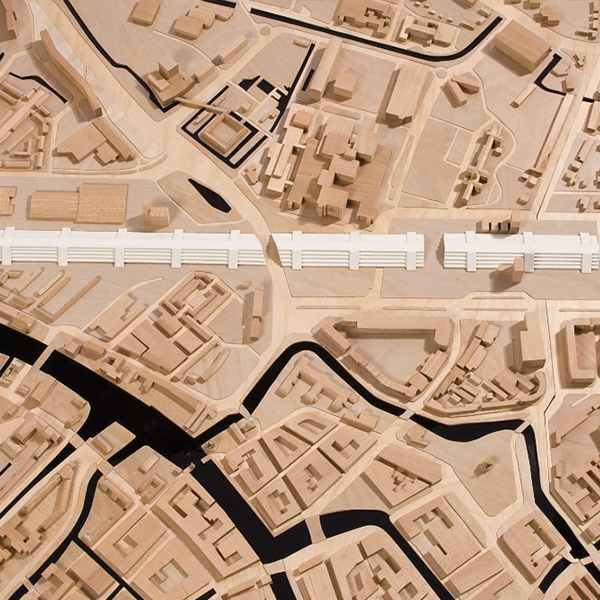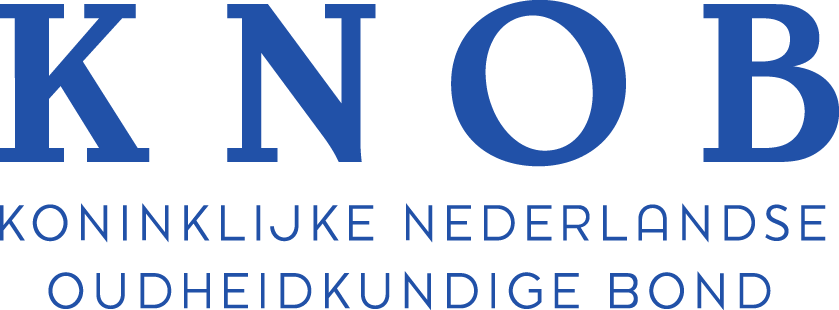Abstract
When it is successful, urban design is praised for its problemsolving skills. Urban design does not differ from architecture in this capacity. If there is a spatial problem, then a professional process will lead to a solution. It is obvious that the professional merits of a discipline can be measured to a large extent by using the degree of its problemsolving skills. In the discipline of architecture, Vitruvius’ utilitas has acquired canonical status. And something that presents itself as a solution is useable. Yet, the question remains: what is usefulness?
In the modern urban design process, the professionalism of the architect/urban designer is used in a very reduced manner. It acts as a lubricant for a different process in which large yet very specific economic interests determine the direction. Architecture and urban design are the professional legitimacy, a kind of lubricant for fundamental processes. One could say that urban design is dissolved in the process. In its attempt to change the more significant powers in society, urban design disappears.
It must be possible to achieve other results using urban design. The actual reflection of the urban design plan, the tangible project, is in fact its most important asset. The problem of the dominance of the diagram in urban design is its apparent vagueness. A diagram can be reinterpreted endlessly, as it has an endless set of interpretations; it is an empty box.
We plead for urban design of which the most important quality is not interpreting, but presenting and proposing. It is an a priori form of urban design proposing projects that draw their intrinsic qualities from the perception in the phenomenological space. Urban design should in the first place present spatial models instead of interpretations of economic concepts. These spatial models should be evaluated based on their usefulness.
In this project we want to research usefulness of the urban project despite its possible economical value. It is an attempt to regain a relative autonomy for which we actually have the tools for our discipline: occupying space. Occupying is capturing something. You capture something by building something. Architecture acts as an antagonist to nature and the world. Once a site has been captured, it then obstructs. Architecture is a form of obstruction.
We have addressed the half hypothetical question of removing the visible infrastructure of the station area of Leiden by researching the notion of standing in the way by means of a project. Removing and developing underground works like a magic wand: a presumed problem is eliminated by an inexplicable, magic – presumed – liberating deed. Here, we ignore the intrinsic quality of buildings, the structure in the city. If we were to shove the entire city underground, the same would happen within the new horizon at the new site,. In other words, it looks like an attempt not only to sweep the dust under the carpet, but all the furniture as well. Is the furniture then not empowered in some way or another? That is the question we asked ourselves when we elaborated this project: what is the possible quality of a physical obstruction? Is it possible to detach the infrastructural hindrance of the station area from the physical appearance? The result is the design of a core dyke as an architectonic project. It is an incarnated barrier.
How to Cite
Published
Issue
Section
License
Copyright (c) 2008 OverHolland

This work is licensed under a Creative Commons Attribution 4.0 International License.




